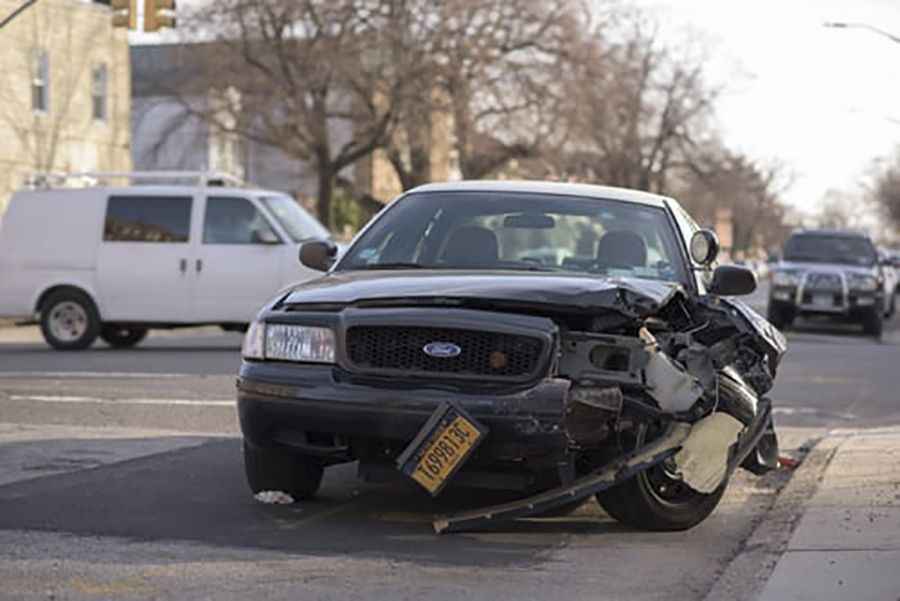6 Things You Should Do After A Traffic Collision in the USA
Every year, there are millions of traffic collisions in the United States. Some of these collisions result in minor property damage, while others lead to serious injury or even death. Often, when you are involved in a traffic accident, no matter how minor it is, you are caught off guard and have no idea what to do. You should always be prepared, just in case. Here are six things you should do after a traffic collision.

1) Check For Injuries
The first thing you need to do is check for injuries. If anyone involved in the accident is injured, call the authorities immediately. Do not move the injured person unless they are in danger. If the person is bleeding, apply pressure to their wounds and cover them with a blanket. Keep them as comfortable as you can, because the last thing you want is for them to get a serious injury because you moved them and made it worse. In case of a fire, use a fire extinguisher if you have one and get everyone out of the car.
2) Call The Police
If there are any injuries, or if the damage to the vehicles is significant, you should call the police. They will come to the scene and investigate what happened, and they will also create a report that is needed for insurance purposes. It is important to call the police even if you think the collision was minor. They can still create a report, and it will help if you need to file an insurance claim in the future. This step is often overlooked, but calling the police is extremely important. If the police are never called, insurance companies will not accept claims.
3) Write Down What You Remember
After you have called the police and checked for injuries, you can write down what you remember. Write everything down as soon as possible, before your memory of the event and its details are gone and all the details fade away. This will help the police when they are investigating the collision and it will also help you to remember what happened if you need to file an insurance claim. The details may seem insignificant, but they can be very important when it comes to figuring out what happened. Start with what you were doing before the accident, then write down everything that happened in chronological order. Be as detailed as possible when writing this statement.
4) Exchange Information With The Other Driver
If the other driver is there, you should exchange information with them. This includes their name, their driver's license number, their insurance policy information, and the name of their insurance company. Your car accident lawyer will need this information if you decide to file a lawsuit. Make sure you get everything down on paper and get a copy of it for your records, even if the other driver does not cooperate. It is a good idea to take a photo of their license plate as well. If they refuse, you can make a note about it in your report.
5) Take Photos
If you can, you should take photos of the scene of the accident. This will help the police when they are investigating, and it can also help if you need to file a lawsuit. Take photos of the damage to both cars, as well as any injuries that were sustained. If there is any damage to the road, take photos of that as well. Make sure you get all of the photos before you leave the scene. If you cannot do the other steps before leaving, make notes about where you were and what you saw.
6) Talk To An Attorney
If you are injured, the other driver is uninsured or if you decide to file a lawsuit, you should talk to an attorney. Your car accident lawyer can help you file the necessary paperwork. They will also know what to do if there are any complications with your claim. The sooner you talk to an attorney, the better. They can help you protect your rights and get the compensation you deserve. Additionally, if the other driver is trying to intimidate you, your attorney can help you deal with that as well.